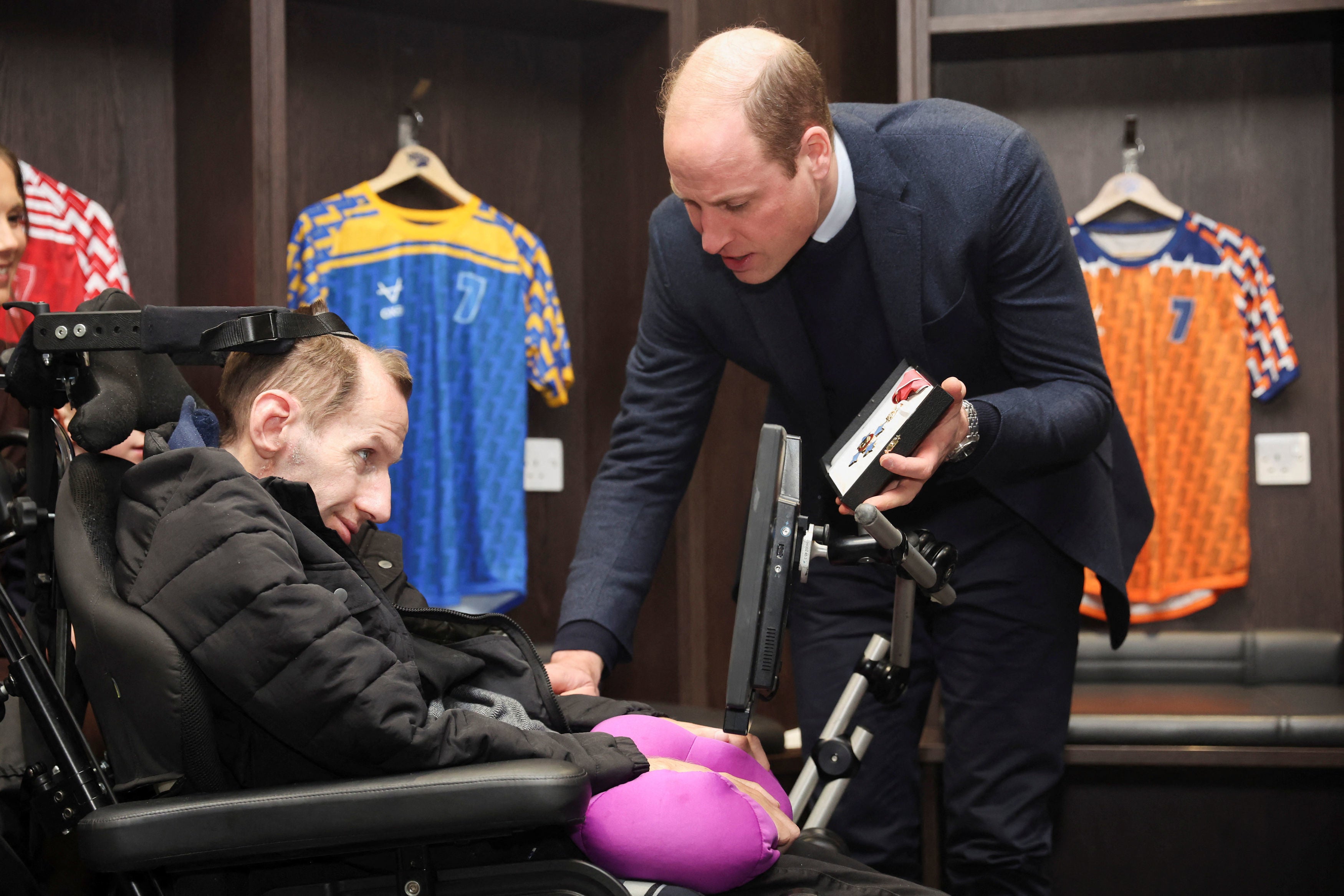Motor neurone disease breakthrough as test spots signs even before symptoms
There’s no cure for motor neurone disease but treatments can help reduce impact on person’s daily life

A test that spots signs of motor neurone disease before symptoms appear has been hailed a “game changer” by scientists developing it.
The tool, known as TDP-43 aptamer, is able to detect damaged cell proteins in brain tissue samples.
Researchers said these proteins are indicators, or biomarkers, of MND that can be spotted before cells begin to malfunction and symptoms start to appear.
They said that detecting the condition at its earliest stages opened the door for more effective treatments.
Dr Holly Spence, from the University of Aberdeen, said: “Our findings have implications for early diagnostics and intervention prior to symptom onset in MND.
“With better ability to detect disease, we might be able to diagnose people with MND earlier, when therapeutic drugs might be much more effective.”
MND affects around 5,000 people in the UK.
There’s no cure for the condition, but treatments can help reduce its impact on a person’s daily life.
It is caused by a build-up of certain proteins in the brain that clump together, causing the cells to gradually stop working.
Symptoms include impaired movement, thinking and breathing, which worsens over time.
The “aptamer” lab test works by identifying abnormal protein clumps in a brain tissue sample taken from a patient during a biopsy.
The researchers said their test could pick up indicators of MND earlier and with more sensitivity than methods currently used.

Dr Jenna Gregory, from the University of Aberdeen, said: “This tool ‘targets’ the disease protein and allows us to see where toxic clumps are building up in the body.
“It can do this for much lower amounts of disease proteins, and with greater accuracy than ever before.
“This could be a game changer for MND research, diagnostics and treatment.”
The research was funded by Target ALS and is published in the journal Acta Neuropathologica.
Commenting on the research, Dr Brian Dickie, director of research at the Motor Neurone Disease Association, said: “It often takes a year from the first onset of symptoms to receiving a diagnosis of MND.
“This innovative research into the early cellular changes occurring in MND offers exciting potential for the development of new tests to help reduce diagnostic delay.
“As treatment does not begin until the disease is diagnosed, earlier intervention will hopefully also mean that treatments are more effective.”
Jessica Lee, director of research at the My Name’5 Doddie Foundation – set up by the late Scottish rugby union player Doddie Weir – added: “Motor neurone disease is a devastating condition for which there are currently no effective treatments and long delays in diagnosis.
“Due to advancements in research, many potential treatments are currently being explored in the lab and in clinical trials.
“However, we now need robust biomarkers of disease to support the evaluation of these treatments and to speed up diagnosis, so that treatments can be started earlier in disease progression.
“This exciting new technology holds promise to do just that.”
Join our commenting forum
Join thought-provoking conversations, follow other Independent readers and see their replies
Comments
Bookmark popover
Removed from bookmarks